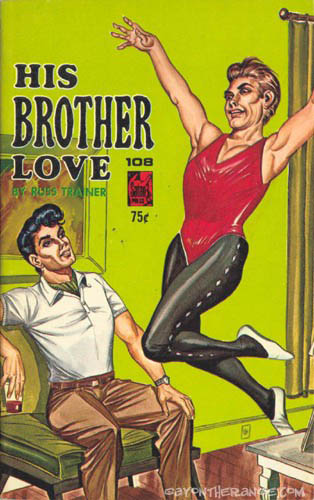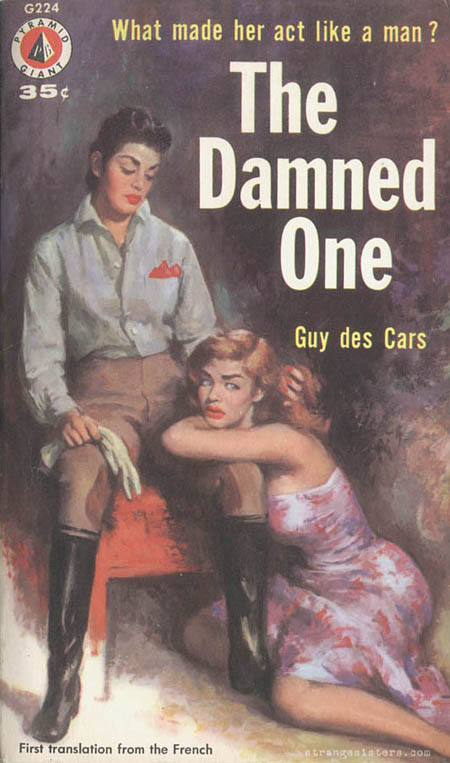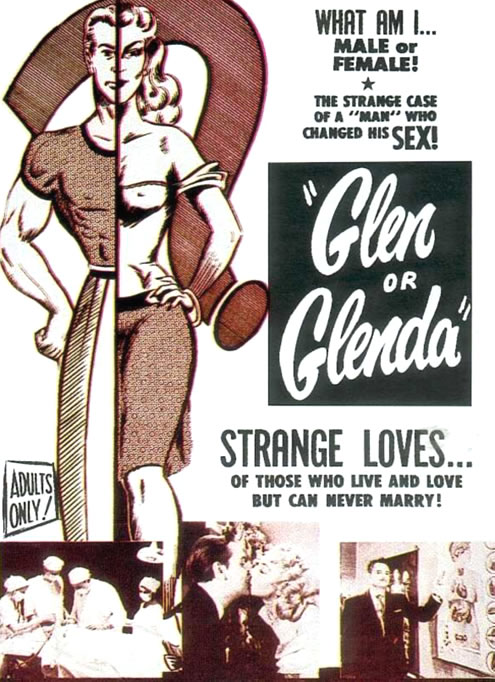Avoiding LGBTQ Stereotypes in YA Fiction, Part 1: Major LGBTQ Stereotypes
A few months ago, I gave a talk at a local SCBWI chapter about LGBTQ ((Lesbian, Gay, Bisexual, Transgender, and Queer)) stereotypes and how to avoid them when writing YA fiction. I've been meaning to post that talk here on my website for some time, but deadlines and travel got the best of me. Now it's June, which is also Pride month, so I thought this was a great time to finally do this. I'm going to divide my talk into five blog posts, with one posted every day this week. Here's the schedule:
Part 1: Major LGBTQ stereotypes Part 2: Gender Part 3: Words to watch out for Part 4: Secondary characters and gay jokes Part 5: Resources
A few notes before I begin:
- The acronym LGBTQ is fairly long and unwieldy. Sometimes I use the term "queer" as shorthand. Some people are not comfortable with the term "queer" because it sounds like an epithet. However, many people in the LGBTQ community (including me) have taken back the word because it operates as an inclusive, umbrella-like term. "Queer" encompasses all letters in LGBTQ (a bisexual person may also identify as queer), whereas terms such as "gay" are increasingly used to describe men only.
- The term "homosexual" tends to carry a homophobic taint, so I normally don't use it to describe the LGBTQ community.
- These posts are for primarily for heterosexual (straight) writers who are interested in writing LGBTQ characters in YA fiction (although this info can also apply to adult fiction). If you're an LGBTQ person, you're probably already familiar with much of what I'm going to blog about. So I especially encourage you to participate in whatever dialogue emerges in the comments, and to share your perspective.
On to part 1 ...
Major LGBTQ Stereotypes
In order to avoid accidentally inserting LGBTQ stereotypes in your writing, it's important to first know what stereotypes are out there. Here are some of the major ones:
The effeminate gay man
For many gay people, the flaming queen is a mixed blessing. I’m not denying that flamboyant, feminine gay guys do exist. In fact, one could argue that they paved the way for many gay folks to come out of the closet, because they haven’t been able to hide their sexual orientation. It takes a ton of courage to be out as a flamboyant gay man in our culture.
But in many representations of gay men, being effeminate is dismissed as a joke — as something to laugh at, as entertainment. Being labeled as effeminate can also result in physical assault, verbal abuse, and murder.
Keep this in mind if you’re writing about a character who is a feminine boy: Understand that living in the world is a more dangerous place for him because he presents as feminine. And if you describe a gay character in feminine terms, ask yourself: Why have you chosen this kind of representation? How does that change him? It’s not just about acting like a diva and being a girl’s best friend.
The mannish lesbian
Similarly, butch women have also been on the front lines of gay representation, because this is what mainstream society tends to recognize as lesbian.
But unlike stereotypes of feminine gay men, I think that the masculine woman is rarely seen as something fun or entertaining. Mainstream society often condemns her as unnatural, or as a threatening figure.
It also takes a lot of courage to walk in the world as a butch lesbian. To endure taunts and about your lack of femininity; to battle for your right to wear what you want. In the worst cases, those taunts can result in violence.
From day 1, it seems, our culture encourages little girls to love the color pink and to want to be princesses. If you don’t want to do that, you challenge a deeply held belief about what a girl is. So if you’re writing about a lesbian who is masculine or butch, keep this in mind: Being butch doesn’t mean that you want to be a man. It’s a different way of being a woman.
The promiscuous or deceptive bisexual
The stereotype of the bisexual as promiscuous or deceptive is probably less prevalent in YA than in adult fiction, film, or television, largely because this stereotype involves sex. But keep it in mind if you’re writing a character who is bi.
Often, people mistakenly believe that bisexuals have many sexual partners, or that they change sexual partners frequently. Alternatively, they may believe that bisexuals are being deceptive about their sexual orientation in order to trick someone. Even gay people can have the mistaken belief that bisexuals aren’t really bi; they’re just confused about whether they’re gay or straight.
But that’s not true. There is no evidence that bisexuals are any more promiscuous than anyone else. The word "bisexual" does not mean that a person is equally and continuously attracted to people of both sexes. It means that a person could potentially be attracted to people of both sexes. It may be true that all of us are, to some degree, bisexual.
Transgender stereotypes
I'll be the first to say that I'm not an expert on transgender issues, but I do know that there are probably more stereotypes and mistaken beliefs in the media about trans folk than there are realistic representations.
So if you're going to write about a trans character, you need to do your research inside and out. There are so few novels about trans people that your story will make an impact whether you like it or not. Be honest with yourself about your own beliefs about transgender people, and be open to learning that your beliefs are outdated and wrong.
Transgender people ((The term "transgender" is an umbrella term for people whose gender identity is different than the one they were born with. "Transsexual" is an older term that carries medical connotations, and some transgender people do not identify as transsexual. The identities of trans folk are, by definition, in the process of change, so you should ask a trans person how they wish to be identified.)) are often described in sensationalist tones: as freaks, as confused, as monsters. Violence against transgender people is a major problem.
Another common (and incorrect) belief is that a feminine gay male or a masculine lesbian is actually transgender and they haven't figured it out yet. But being trans is different than sexual orientation. When someone transitions from male to female or from female to male, they are changing their gender — not necessarily their sexual orientation.
Common storytelling motifs in YA
There are plenty of other stereotypes prevalent in television and film, but they're less relevant to young adult fiction. In YA, there are a few stories about LGBTQ teens that recur with enough frequency that they verge on cliché.
- The gay boy football player or the lesbian cheerleader
- The coming-out story as a painful yet ultimately uplifting story of self-discovery
Although these storytelling motifs do appear with some regularly (especially the coming-out story, which essentially reduces a complex experience to an issue novel), I'm not entirely convinced that they're played out. I think that there is still some use in subverting popular perceptions of lesbians and gay boys by casting them in traditionally hyper-heterosexual roles.
I've personally read plenty of coming-out stories and don't feel the need to read more, but at the same time, coming out is still a major experience for LGBTQ kids. I think these kinds of stories can still be extremely meaningful for them and are still needed.
* * *
Do you have any questions about stereotypes? Are there any you've encountered that I haven't listed? Please note: Comments will be moderated, and homophobia is not tolerated on my website.



